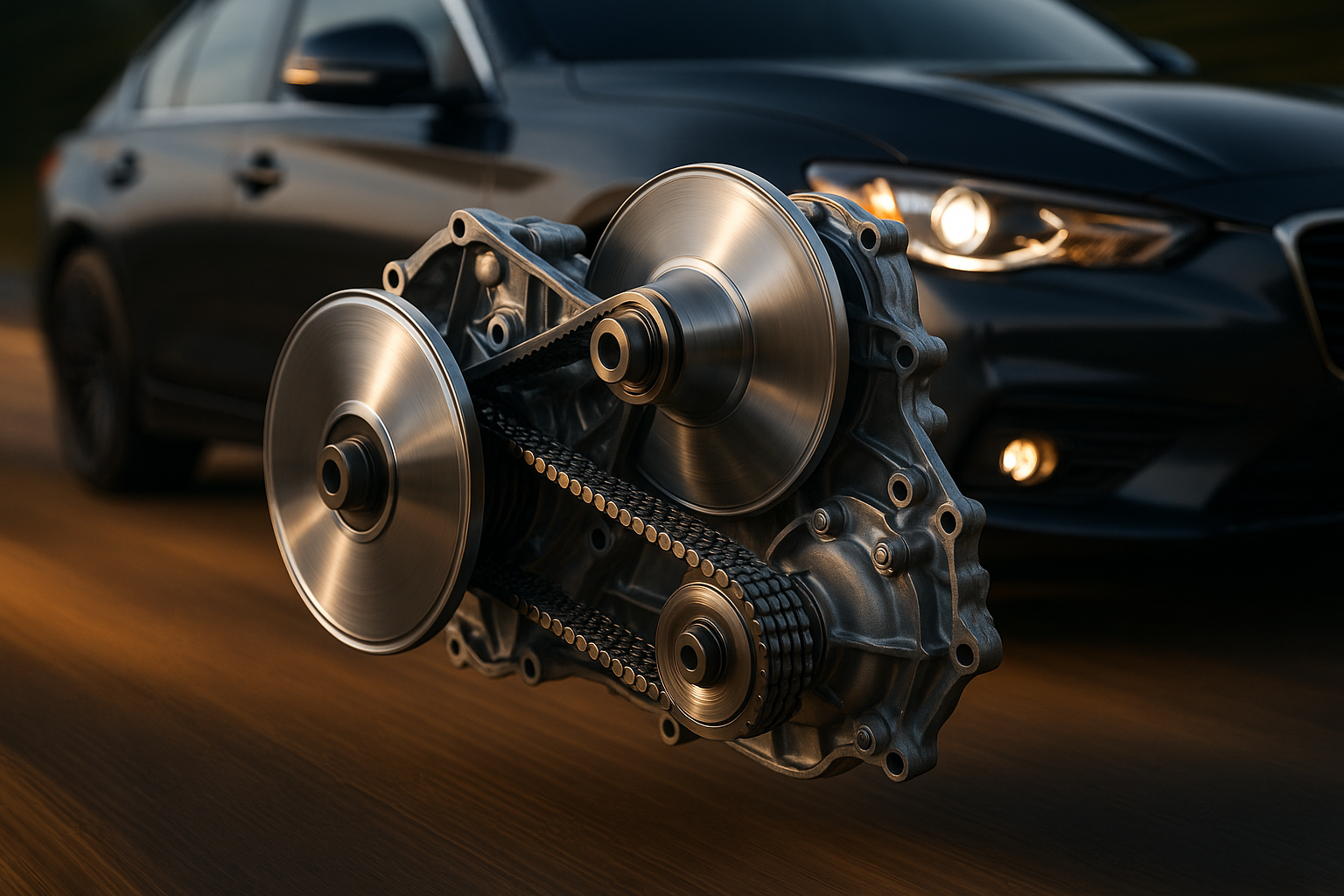Advancement in Continuously Variable Transmissions: A Game Changer in Automotive Performance
The world of automotive engineering is constantly evolving, and one such transformative development that has emerged over the years is the Continuously Variable Transmission (CVT). Born out of the need for efficiency, CVTs offer a radically different approach to transmitting power from the engine to the wheels compared to traditional manual or automatic transmissions. Instead of fixed gear ratios, a CVT provides an infinite number of ratios, allowing for smoother acceleration and improved fuel economy.

The Mechanics Behind CVTs
Unlike traditional transmissions that utilize gears to match engine speed with wheel speed, CVTs use two variable-diameter pulleys connected by a belt or chain that can change “gears” in a continuous manner. This results in smoother acceleration as the car doesn’t have to “shift gears”. It also allows the engine to operate at its most efficient RPM for a range of vehicle speeds.
Performance and Efficiency: The CVT Advantage
One of the biggest advantages of CVTs is their fuel efficiency. Without the need for gear changes, the engine can remain in its sweet spot for fuel consumption and power. This leads to smoother, more efficient driving experiences, particularly in stop-and-go traffic. CVTs are also lighter and simpler in design, which means they can be more cost-effective to maintain and repair. However, it’s not all about economy; CVTs can also provide a surprisingly sporty driving experience when paired with the right engine.
Overcoming the CVT Challenge
Despite the numerous advantages, CVTs have not been without their challenges. They’re often criticized for their ‘rubber band’ feel and the droning noise they produce during hard acceleration. However, auto manufacturers have made significant strides in addressing these drawbacks. For instance, some car makers are programming artificial “steps” into the CVT, mimicking traditional gear changes to make the driving experience feel more familiar. Noise and vibration have also been reduced with the use of advanced materials and design enhancements.
The Future of CVTs
The future for CVTs looks promising as they continue to gain acceptance among motorists and carmakers alike. More manufacturers are integrating CVTs into their models to meet stringent emissions standards and consumer demand for better fuel economy. Moreover, with the advent of more refined and advanced CVT technologies, the driving experience is only set to improve.
In conclusion, the continuously variable transmission, with its unique ability to offer smoother rides and increased fuel efficiency, is a testament to the innovative spirit of the automotive industry. Despite facing certain challenges, advancements in CVT technology are rapidly overcoming these, making it a compelling choice for the future of automotive transmissions.






